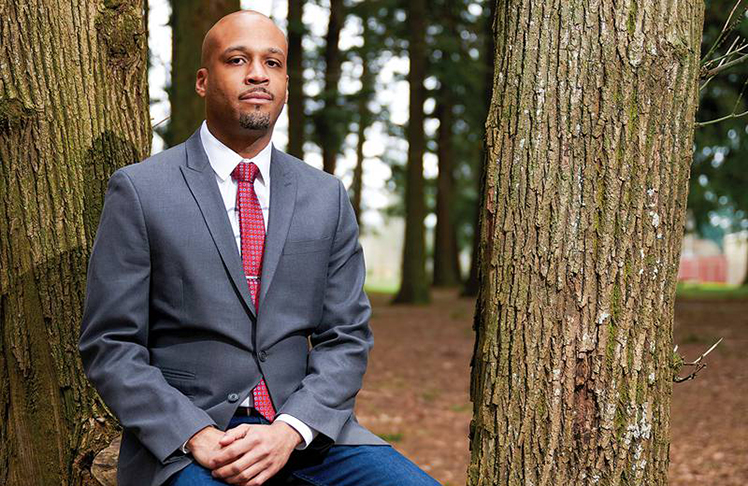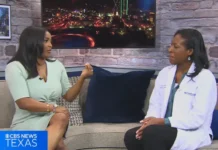
In March, Oregon Walks published a comprehensive analysis of three years of pedestrian deaths. The findings: Drivers speeding down wide streets that often lack crosswalks, sidewalks and adequate lighting are killing and maiming low-income people of color east of Interstate 205. “My intention is to make sure that this is a city that starts working for its most vulnerable residents,” says Simpson.
Ashton Simpson, 36, is executive director of Oregon Walks, which advocates for safer streets for drivers and pedestrians. In Portland, there’s a crisis on that front, having racked up a record 67 traffic deaths in 2021.
Ashton goes on to comment, “Number one, we have to grapple with our homeless situation. A third of our pedestrian fatalities this year and last were folks living on the streets. We’ve got to take care of them. Second, east of I-205 is almost a forgotten land. I’m tired of seeing downtown being fine-tuned. We need to absolutely make sure every corner down there is Americans with Disabilities Act accessible, for example. But you can get around pretty well downtown. In communities out here where there is no sidewalk at all, people are dying. I don’t want to be seen as an angry Black man,” he says. “I am angry, but I’m angry for a reason.”
Vision zero, unanimously passed in 2015, Portland City Council planned to end traffic crash deaths and serious injuries by 2025. The city has spent more than $120 million, but things have gotten worse. Furthermore, a big increase in traffic deaths and gun violence both concentrated in East Portland.
Simpson stated, “We do need a new bridge, and it has to include bus rapid transit. We don’t need a lot of lanes. If we really are serious about our climate goals, that drives everything. We also need walking and biking lanes and to look how light rail can shape what is a hundred-year bridge. We’re going have vehicles and freight moving across the bridge. However, we need to try to reduce single-occupancy trips as much as possible.” He added, “It seems like there’s a good-old-boy system with the haves maintaining their control over how things are shaped. Power begets power, right? Money buys power, power buys policy that continues the will of power. It’s a cycle.”















